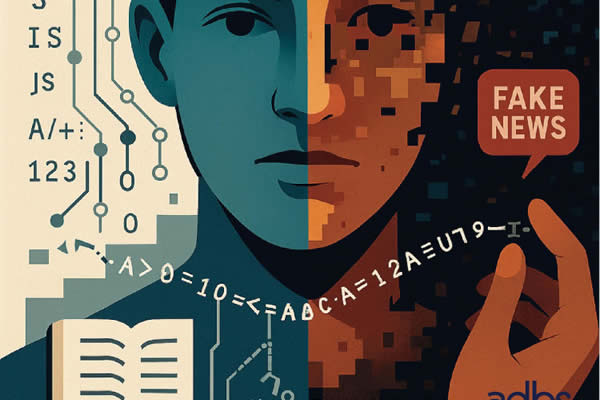The history of information and communication technology (ICT) is intertwined with that of journalism, helping streamline editorial workflows and emulate new genres and practices. While artificial intelligence (AI) in journalism is less than two decades old, the integration of data and computation into newsrooms has deeper roots, particularly in the United States, where pioneers used technology for quality journalism. Nonetheless, the use of technology has always been viewed ambivalently by journalists, between the fear of being replaced by machines and their promise of supporting or enhancing professional practices. Nowadays, AI systems automate repetitive tasks, facilitate data analysis, and help combat fake news through advanced detection and verification methods. These developments have raised numerous ethical issues related either to the accuracy and fairness of the data used in the process or to the reliability of the results. The emergence of generative AI systems has exacerbated these concerns and underscored the need for renewed ethical standards. This chapter examines the historical development of AI in journalism, focusing on the interplay between data and journalists’ relationship with technology. It traces the transition from early data-driven storytelling to the current era of AI-driven journalism, highlighting the ethical complexities and professional challenges associated with integrating AI into newsrooms, and underscoring journalism’s ability to adapt and engage with evolving technologies.
Dierickx, L., & Lindén, C.-G. (2024). From bytes to bylines: A history of AI in journalism practices. In T. Tofalvy & I. Vobič (Eds.), Histories of digital journalism (1st ed., p. 13). Routledge. https://doi.org/10.4324/9781003492436




